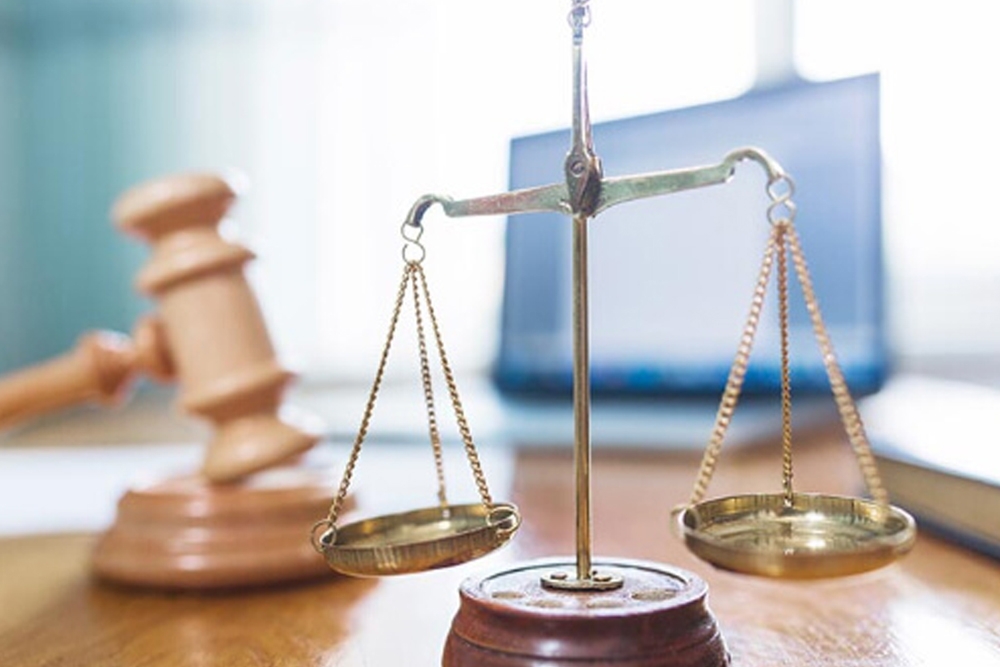Effects of a Dismissed Bankruptcy

A bankruptcy case can be dismissed for many reasons. Generally, the Bankruptcy Code allows a dismissed case may be re-filed at any time, and the debts included in the prior bankruptcy are not barred from discharge. Once a case is dismissed, the automatic stay terminates and creditors are free to immediately renew collection actions against the debtor. Finally, dismissing the case reinstates transactions and liens avoided by the bankruptcy case.
A bankruptcy case can be dismissed either involuntarily or voluntarily. An involuntary dismissal occurs when the bankruptcy debtor fails to do something required either by the Bankruptcy Code or by the court. For instance, a case may be dismissed by the court when a Chapter 13 debtor fails to make court-ordered monthly payments to the trustee; or a Chapter 7 debtor fails to attend his 341 meeting of creditors. In most cases the debtor will have notice that the case is at risk for dismissal and an opportunity to avoid the dismissal.
Occasionally, it is the debtor’s idea to dismiss the case. This situation commonly arises when the debtor incurs a large debt after filing bankruptcy, like a substantial medical bill, and needs to re-file the case to include the debt in the bankruptcy discharge. The debtor may ask the court for permission to dismiss the case, or may intentionally fail to do some required act and have his case involuntarily dismissed (like attend the 341 meeting of creditors or complete the required financial management course).
Caution must be taken when intentionally dismissing a bankruptcy case. Section 109(g) of the Bankruptcy Code addresses two circumstances when the debtor is disqualified from re-filing the case for 180 days. The first circumstance is when the case is voluntarily dismissed after a creditor has request a relief from the automatic stay. Since the debtor must seek leave from the court to dismiss the bankruptcy case, a diligent creditor could quickly file a motion for relief from stay and disqualify the debtor from obtaining bankruptcy protection for 180 days. Enough time to foreclose, obtain a judgment, or garnish wages.
The second circumstance is when a case is dismissed because the debtor willfully failed to abide by orders of the court, or to appear before the court in proper prosecution of the case. That usually means failing to attend the 341 meeting, a court hearing, a court-ordered creditor deposition, etc. The debtor may be required to show that the failure to obey the court order was not “willful.” Generally, debtors are permitted to re-file without hassle, but this challenge is available to a creditor or to the trustee.
Dismissing a bankruptcy case should be a last resort. The debtor may be disqualified from re-filing for 180 days, the automatic stay may be limited, and the debtor will have multiple bankruptcy filings on his record. If you are facing a decision to dismiss and re-file your case, discuss your circumstance fully with your attorney. In many cases your attorney can suggest an alternative to dismissal.
